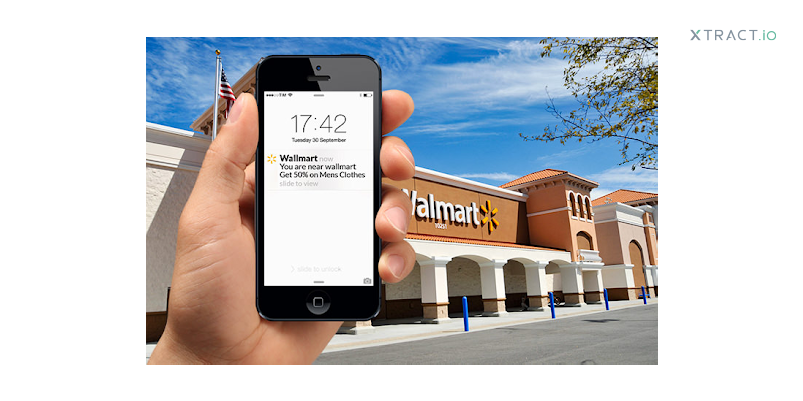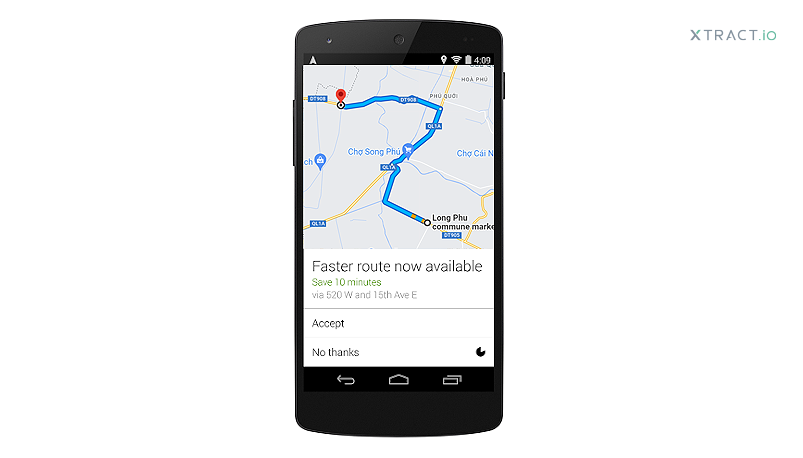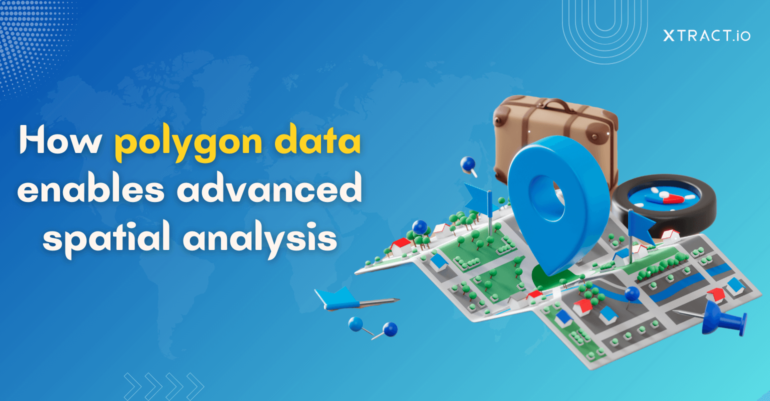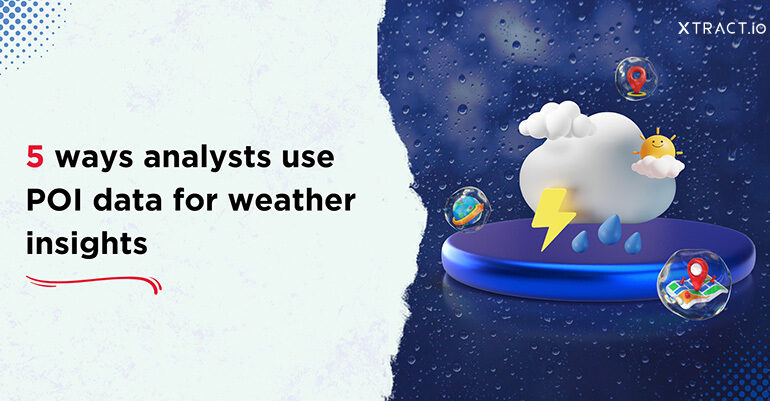March 20 is World Behavior Analysis Day, a dedicated day formed by the International Association for Behavior Analysis (ABA) to raise awareness about the science of behavior analysis and its contribution to improving people’s lives. Mapping human behavior and its movements using location data has become one of the prominent behavior analysis tools.
- An increase in the number of fast-food restaurants in a particular locality indicates the people’s inclination towards fast food and their over-hectic schedules that demand them to eat on the go.
- A highly-crowded section in a retail store indicates the most-popular and demanding product, thus, improving the product placement to increase sales.
While these are just a few examples, data is crucial for behavior analysis, as it provides the necessary information to understand and analyze behavior patterns. Data can also be used to predict future behavior, which is valuable for decision-making and planning.
What is behavior analysis?
Behavior analysis is a scientific approach to understanding human and non-human behavior. It is a data-driven approach that collects and analyzes data to understand behavior and develop effective interventions to modify it. Behavior analysis is widely used in education, healthcare, business, and sports performance.
What is location data?
Location data refers to information that identifies the physical location of a person, object, or device. This information is typically collected through a variety of sensors, such as GPS, wifi, or cellular towers, and can be used for a wide range of applications, including navigation, tracking, and behavioral analysis.
There are different types of location data, such as POI data, polygons, foot traffic, mobility, etc. These types of data help us to make the right geography-driven decisions. It helps in understanding the behavior of people in a specific location, the performance of the stores, and the trends in the market. For example, modern maps help understand the traffic patterns in a particular place, the frequently used routes, peak traffic times, and more. Location insights help businesses better understand their customers, end-users, and target segments.
Importance of location data in understanding the behavior
Location data plays a crucial role in understanding behavior because it provides insight into where individuals go, how they move, and what they do in specific locations. By analyzing location data, researchers and businesses can better understand consumer behavior and preferences, identify patterns and trends, and make informed decisions about marketing, product development, or resource allocation.
Location data can also be used to improve public safety, urban planning, and transportation systems. Overall, location data provides valuable insights into human behavior, which can be used to enhance customer experiences, optimize business operations, and inform policy decisions. Let’s check out a few real-time examples.
- Consumer behavior in retail stores
In today’s fast-growing world, it is important to be more agile and responsive to changing market conditions and customer preferences in the retail sector. Location intelligence helps in understanding customer choices and behavior.
Walmart is a well-known multinational retail chain store with over 600 locations across the United States. The brand leveraged location data capabilities to create highly targeted digital advertising campaigns. They identified customers who were close to the stores and delivered personalized ads to them in real-time. For example, if a customer was walking by a Walmart store, they might receive an ad on their mobile device with a special promotion for that particular store.

Similarly, if a customer had recently visited a Walmart store, they might receive ads for related products or promotions based on their purchase history. This way, the brand was able to increase foot traffic to its stores, drive sales, and create a more personalized and engaging shopping experience for its customers.
- Tourists behavior in tourist spots
Tourism is one of the important revenue-generating sectors in most countries. Therefore, it is crucial to understand visitor behavior, predict changing demand, and improve visitor experiences.
Tourism Authority of Thailand is a tourism organization that promotes the Thailand as a destination for leisure and business activities. The authority analyzed location data from millions of mobile devices to identify patterns and trends in visitor behavior, such as where visitors went, how they moved around the city, and what activities they were engaged in.

Using this data, the authority could identify areas of the city that were underutilized by tourists and develop new attractions and activities in those areas to drive tourism. They also used location data to optimize transportation systems and reduce congestion by identifying peak travel times and developing alternative routes and modes of transportation.
- Buyer behavior in the real estate sector
Location data can be used to analyze real estate markets and trends, allowing investors and developers to identify opportunities and make more informed decisions.
CBRE, a real-estate company, use location data to analyze foot traffic and demographic trends in various neighborhoods, helping them identify upcoming areas where they can invest in new properties. By analyzing data from mobile devices, they can gain insights into the types of people frequently visiting specific areas, their interests and preferences, and more. For example, they can use location information to analyze the foot traffic in commercial, industrial, and residential places and optimize the performance of these properties.
Realtors can develop properties better suited to buyers’ needs and preferences and ultimately achieve higher returns on their investments by understanding potential tenants’ and customers’ physical movements and preferences.
The Future
Behavioral analysis using location data is an incredibly powerful tool that can help businesses gain valuable insights into the behavior of their customers and other stakeholders in the sector. By analyzing location data in real-time and leveraging this technology effectively, businesses can gain a competitive advantage in the marketplace and deliver better customer experiences.
However, businesses must ensure that their location data should be accurate and real-time. Obsolete location data can cause poor business outcomes. Xtract.io, a location data provider, offers POI data that are 95% accurate and 96% globally covered. If you want to explore more about our powerful location data, connect with us to stay ahead of the curve.







